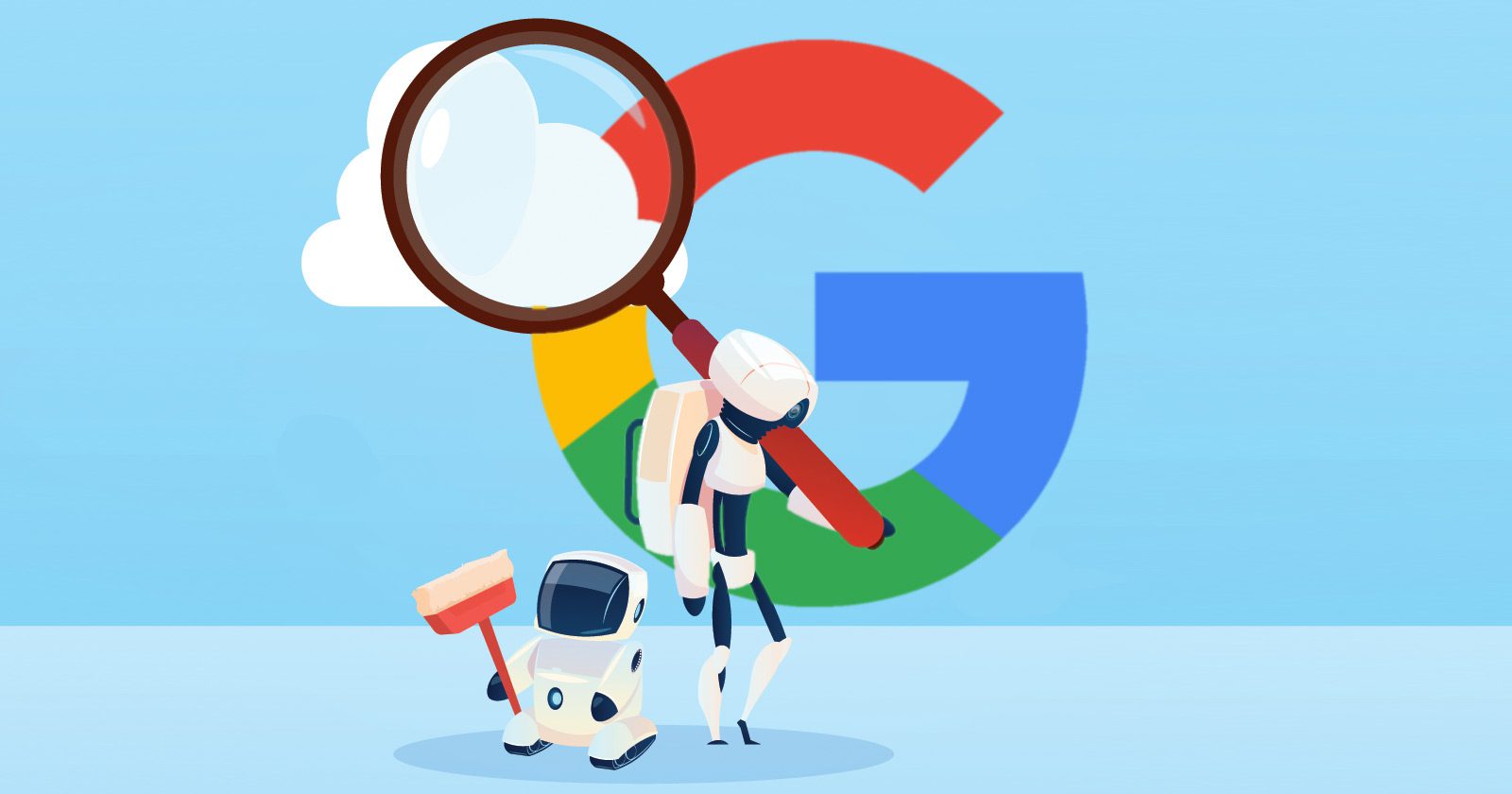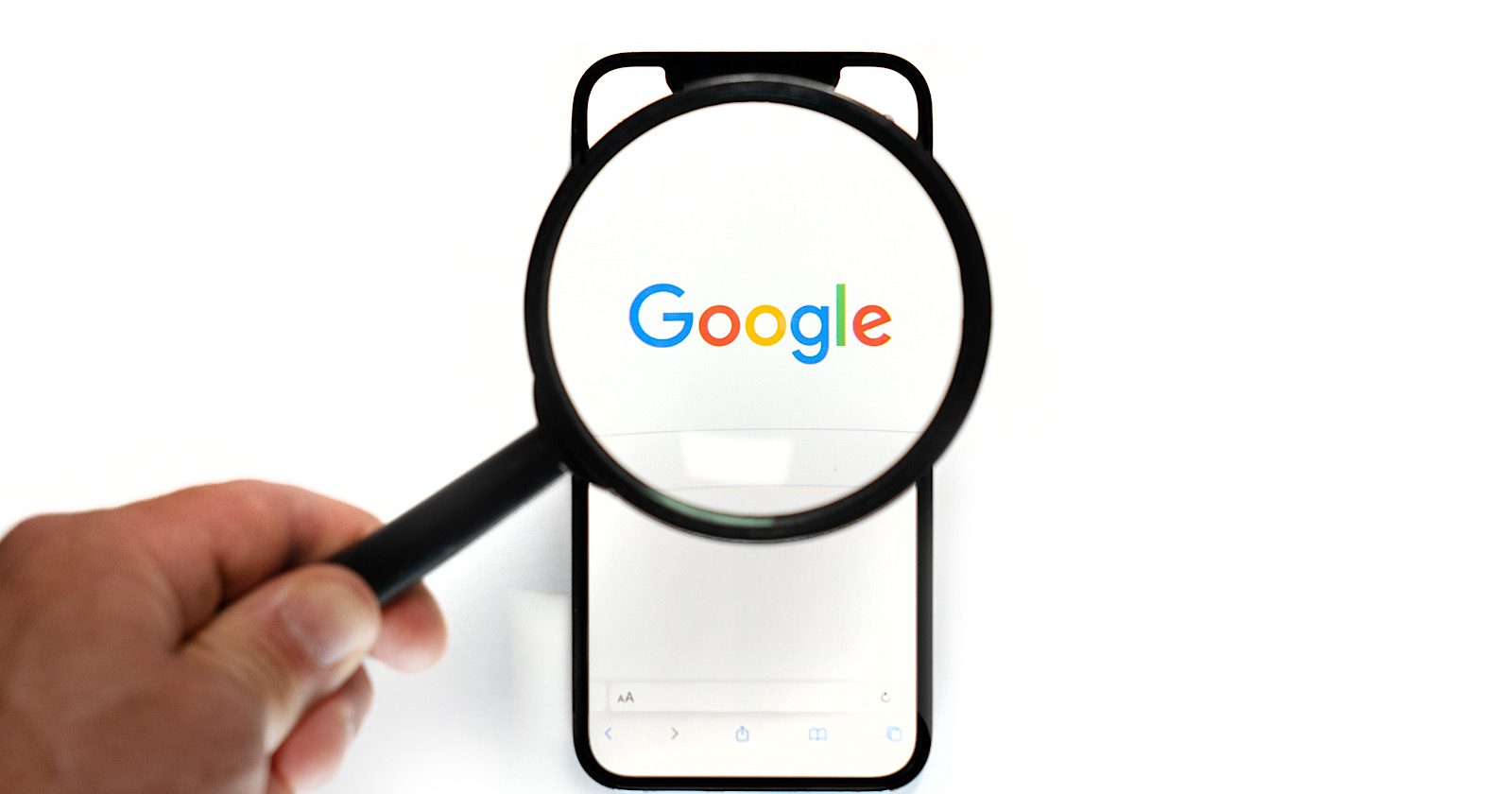Google’s Q4 Earnings Reveal AI’s Growing Role In Search via @sejournal, @MattGSouthern

Alphabet, the parent company of Google, announced its financial results for Q4 and the full year of 2023.
Alphabet’s CEO, Sundar Pichai, was pleased with the company’s ongoing success. He pointed to gains in Google Search advertising, YouTube ad revenue, and demand for Google Cloud products and services.
“We are pleased with the ongoing strength in Search and the growing contribution from YouTube and Cloud. Each of these is already benefiting from our AI investments and innovation. As we enter the Gemini era, the best is yet to come,” said Pichai.
Ruth Porat, CFO of Alphabet, also reflected on the company’s financial health, stating, “We ended 2023 with very strong fourth-quarter financial results, with Q4 consolidated revenues of $86 billion, up 13% year over year. We remain committed to our work to durably re-engineer our cost base as we invest to support our growth opportunities.”
Earnings Report Highlights
Alphabet announced Q4 revenues of $86.31 billion, up 13% compared to last year. Operating income for the quarter reached $23.7 billion, an increase from $18.16 billion in Q4 2021.
For 2023, Alphabet’s total revenues were $307.39 billion, representing 9% growth over the previous year.
The company attributed its ongoing revenue growth to investments in AI technology, which drove the expansion of Alphabet’s service offerings and cloud computing business.
Further details from the earnings release and call can be found on Alphabet’s investor relations website.
Highlights Of Earnings Call Webcast
AI: The New Frontier in Search
During Alphabet’s fourth-quarter 2023 earnings call webcast, Pichai discussed the company’s strategic focus on leveraging advanced AI models across its products and services.
He reported early results from integrating AI models like Gemini into Google Search to enhance the user experience and advertiser performance.
Pichai stated that early testing of Google’s Search Generative Experience, which utilizes the Gemini AI model, showed a 40% decrease in search latency times for English language queries in the United States.
He attributed these improvements to Gemini’s ability to process diverse inputs, including text, images, audio, video, and code.
“Gemini gives us a great foundation. It’s already demonstrating state-of-the-art capabilities, and it’s only going to get better,” Pichai stated during the earnings call.
SGE is designed to serve a broader range of information needs, especially for more complex queries that benefit from multiple perspectives.
“By applying generative AI to search, we’re able to serve a wider range of information needs and answer new types of questions,” Pichai explained, highlighting the user-centric approach that Google is taking.
However, Pichai acknowledged that SGE surfaces fewer links within search results, sparking concerns about impacts on publishers who rely on Google traffic.
“We’re improving satisfaction, including for more conversational queries,” he said. “As I’ve mentioned, we’re surfacing more links with SGE and linking to a wider range of sources.”
Ad Growth Driven By AI
On the advertising side, Pichai cited momentum for AI-enabled products like Performance Max, responsive search ads, and automatic ad asset creation. These leverage AI to optimize campaigns and creatives.
“More advanced, generative AI-powered capabilities are coming,” said Philipp Schindler, Senior VP and Chief Business Officer.
Schindler highlighted a new conversational ad experience for search campaigns using Gemini. Early tests found it helps advertisers, especially SMBs, build higher-quality ads with less effort.
As Google doubles down on AI, Pichai said the company will continue investing in compute infrastructure to support growth. He expects capital expenditures to be “notably larger” in 2024.
Google Cloud’s AI-Driven Ascent
Alphabet’s cloud computing division, Google Cloud, continued to grow, with revenues surpassing $9 billion this quarter.
Pichai said this growth was driven by the integration of AI, attracting many customers, including over 90% of AI startups valued at over $1 billion.
Google Cloud aims to be a leader in providing AI-enabled services for businesses, offering customers performance and cost benefits through its AI Hypercomputer technology.
In Summary
Alphabet’s Q4 2023 earnings reveal steady revenue growth and increasing traction of its AI-driven products and services.
The report signals a strategic focus on leveraging AI to enhance core offerings like Search, YouTube, and Cloud.
The key takeaways from Alphabet’s earnings report for SEO and advertising professionals are:
- Monitor impacts of AI integration on Google Search as it surfaces fewer links but aims to improve satisfaction. This could affect publisher traffic and SEO strategies.
- Leverage AI-powered ad products like responsive search ads and automatic creative generation to optimize campaigns. But stay updated as more advanced generative AI capabilities emerge.
- Consider Google Cloud’s AI platform to power data-driven decisions and workflows. Its growth signals a strong demand for AI services.
Above all, prepare for ongoing evolution as Alphabet doubles down on AI to transform search and ads. Proactively adapt strategies to benefit from the positives while mitigating the risks of changes.
Featured Image: IgorGolovniov/Shutterstock









